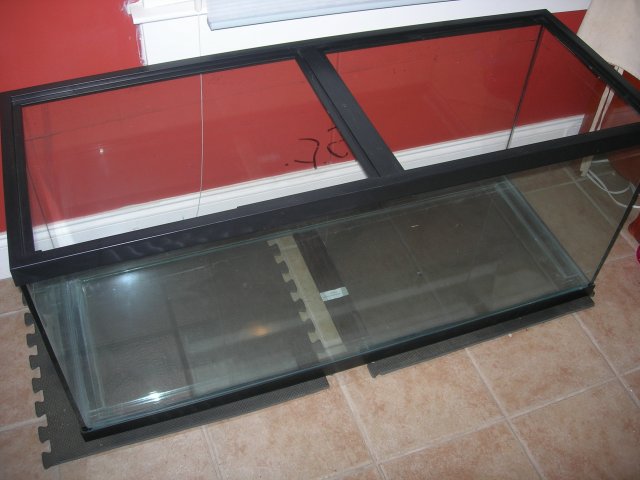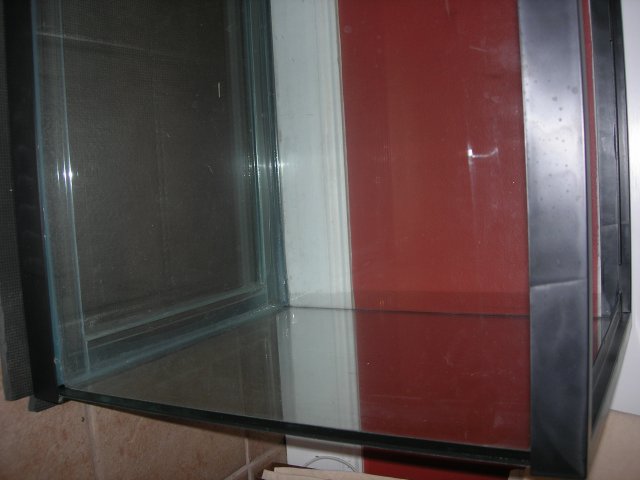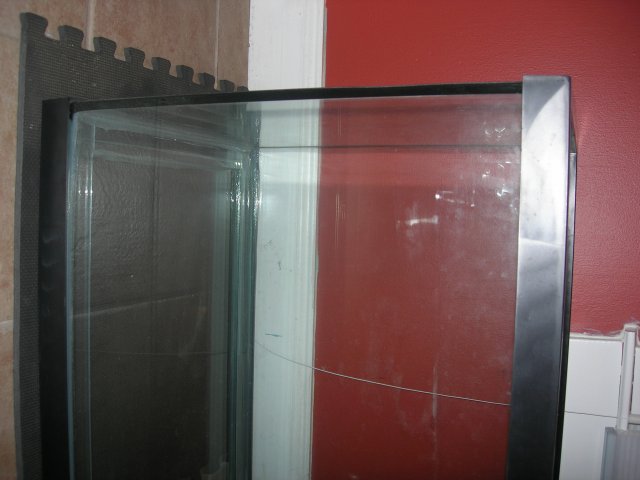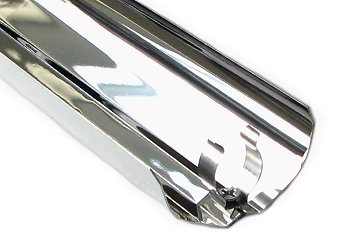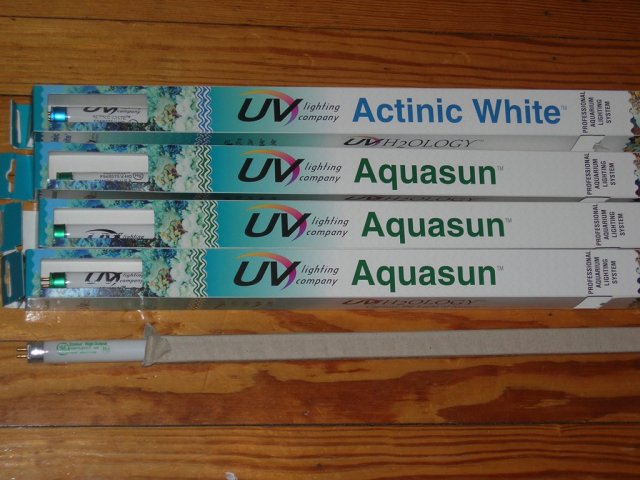Some notes about the bulbs...
Hi Ravvlet,
I want to share a couple thoughts with you about lighting options. I was gearing for a planted tank and took some consideration into how I planned to light the tank. I believe a T5HO fluorescent setup is ideal for a couple reasons:
1) Bulbs last at least 1 - 2 years and are relatively cheap
2) Light spread over a wide and deep tank is very even (as opposed to a spot effect with halides);
3) You can setup a sunrise/sunset effect with 4 bulbs set on two or more fluorescent ballast (which is the electrical box that powers the bulbs) by doing the following:
1 bulb on at 8 am – 10 am (ballast A – 1 bulb);
2 bulbs on 10:01 to noon (ballast B – 1 bulb plus ballast A's 1 bulb);
4 bulbs for noon burst 12:01 to 2:00 pm (ballast C – 2 bulbs plus ballast A and B's 1 bulbs);
2 bulbs from 2:01 pm to 4:00 pm (ballast B – 1 bulb plus ballast A's 1 bulb);
1 bulb from 4:01 pm to 6:00 pm (ballast A).
This is easy by hooking ballast A, B and C onto some cheap lamp timers from Lowes ($9), for example:
ballast A – 8 am – 6 pm
ballast B – 10:01 am – 4 pm
ballast C - 12 pm – 2 pm
The cool thing is 1) this starts to approximate the lighting in nature (conditions we are all trying to achieve), and it allows you to see the tank in the morning before work and after work without giving the plants too much light and causing algae growth. I have only seen very expensive T5HO setups that allow multiple and independent lights to switch on and off (3 separate ballast). You can get two-lamp T5HO ballast for about $30-35 a piece (x3 = about $100).
Lastly, I wanted to say a couple things about the type of bulb. In my experience, you get the best “look” by mixing different bulbs. Each brand and make of fluorescent bulb uses slightly different coatings on the inside of the bulb (phosphors) to approximate a “full spectrum” or what sunlight looks like (remember that visible light is made of “ROYGBIV” – red, orange, yellow, green, blue, indigo and violet). None are perfect, as the manufacturer will not make a “perfect” bulb that costs $100 and lasts 1.5 years; they make “good enough” bulbs that we can afford.
Ok, so a couple things about light spectrum. Saltwater lights are designed to be different because the deep water filters the ROYGBIV to something more like roygBIV – you get a “blue-violet” light. Corals have evolved to process light that is heavy on the “BIV” part of ROYGBIV. Freshwater, on the other hand, is fairly shallow and plants are usually found in less than 36” of water. Fullspectrum sunlight can usually penetrate and so we light tanks with the full ROYGBIV spectrum.
However, there are a couple “tricks” up our sleeves: many savvy aquarist will use bulbs with a particular “spike” or increase in the spectrum, ROYGBIV. For example, Mr. Takeshi Amano (of planted tanks and ADA) sells bulbs with a spike (or increase) in the “G” of ROYGBIV, so that your plants look extra-green and lush. That is something not found in nature, but lots of people like the look of the tank. The other consideration is to use a bulb which will have a “spike” to make your fish “pop” or look really good. Usually, that happens when you spike the “R” and “BIV” (or Red and Blue) of the light. Since I planned on stocking my tank with Neon Tetras and other fish that have “blue” in them, any bulbs with a spike in blue would make fish with blue “pop.” That is the reason why you might want a part actinic bulb. The general consensus in freshwater is that actinic light will make your fish colors pop (makes african cichlids, barbs, glow danios all look amazing) but will not do much for the plants (both plants and algae can process the light). That said, you should always mix the blue light with other bulbs, so that you tank looks more “real.”
Lastly, I will PM you with a price for the bulbs and reflectors.
:goldfish:



